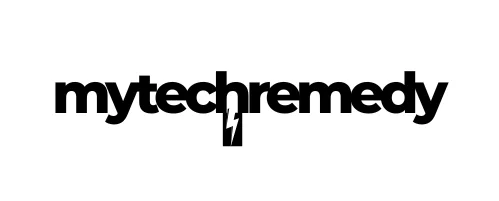Mastering Shopify on‑page SEO: Boost Your DTC Brand’s Visibility
If you’re running a direct-to-consumer (DTC) brand on Shopify, understanding how to optimize your on‑page SEO is essential for standing out in a crowded digital marketplace. Proper on‑page SEO practices help search engines understand your content better and improve your chances of ranking higher for relevant searches. For a comprehensive guide, check out Shopify on‑page SEO—a resource that covers the core strategies you need to implement today.
Why On‑page SEO Matters for Your Shopify Store
While external factors like backlinks and social media engagement are important, on‑page SEO is the foundation of your organic traffic strategy. It involves optimizing individual pages on your site—product pages, blog posts, collection pages—to make them more appealing to search engines and users alike. When done correctly, on‑page SEO can dramatically increase your visibility, drive targeted traffic, and ultimately, boost conversions.
Key Elements of Effective Shopify on‑page SEO
1. Crafting Optimized Title Tags
Your title tags are the first thing both users and search engines see. They should accurately describe the page content and include primary keywords naturally. For product pages, include the product name and key descriptors. For blog posts, focus on the main topic. Remember, keep titles under 60 characters to prevent truncation in search results.
2. Writing Compelling Meta Descriptions
Meta descriptions act as a mini-advertisement for your page. They should be concise (around 150-160 characters), include relevant keywords, and clearly communicate the value of clicking through. An engaging meta description can improve click-through rates and bring more potential customers to your site.
3. Using Clear and Descriptive URLs
Clean, keyword-rich URLs are more user-friendly and easier for search engines to index. Instead of using generic URLs like /product123, opt for descriptive structures like /wireless-earbuds or /organic-cotton-t-shirts. This not only improves SEO but also enhances user trust.
4. Optimizing Header Tags (H1, H2, H3)
Organize your content with a clear hierarchy using header tags. Your main headline should be an H1 that includes your primary keyword. Subheadings (H2, H3) should break down content into digestible sections, making it easier for users and search engines to understand your page structure.
5. Incorporating Keywords Strategically
Keyword research is vital. Use tools to identify relevant, high-volume keywords for your niche. Incorporate these naturally into your titles, headers, product descriptions, and alt text. Avoid keyword stuffing—aim for a natural flow that prioritizes user experience.
6. Enhancing Images with Alt Text
Images are crucial for product appeal, but they also need to be optimized for SEO. Use descriptive alt text that includes relevant keywords to help search engines understand your images. This can improve your chances of appearing in image search results and improve accessibility.
7. Internal Linking for Better Navigation
Linking related products, blog articles, or collections helps search engines crawl your site more effectively and keeps visitors engaged longer. For example, a product page for running shoes can link to a blog post about the best running techniques or related accessories.
Technical SEO Aspects to Keep in Mind
Beyond content optimization, technical SEO ensures your website functions smoothly for both users and search engines. Factors like fast load times, mobile responsiveness, SSL security, and a clean site architecture are non-negotiable. Shopify offers many built-in tools and apps to help manage technical SEO, but regular audits are essential for maintaining optimal performance.
Actionable Steps to Elevate Your Shopify On‑page SEO Today
- Start with keyword research specific to your niche and products. Use tools like Google Keyword Planner or Ahrefs to identify high-potential keywords.
- Revamp your product titles and meta descriptions, ensuring they are compelling and keyword-optimized.
- Ensure your URLs are clean, descriptive, and include relevant keywords.
- Organize your content with proper header tags to improve readability and SEO structure.
- Optimize all images with descriptive alt text, including relevant keywords where appropriate.
- Implement internal linking strategically to guide visitors and distribute page authority across your site.
- Regularly audit your site for technical SEO issues, such as slow loading times or broken links, and fix them promptly.
By focusing on these core on‑page SEO strategies, you set your Shopify store up for increased visibility and better organic traffic. Remember, SEO isn’t a one-and-done task—it’s an ongoing process. Keep analyzing your performance, stay updated with SEO best practices, and adapt your strategy as needed. Your DTC brand’s growth depends on it.
Checkout ProductScope AI’s Studio (and get 200 free studio credits)
